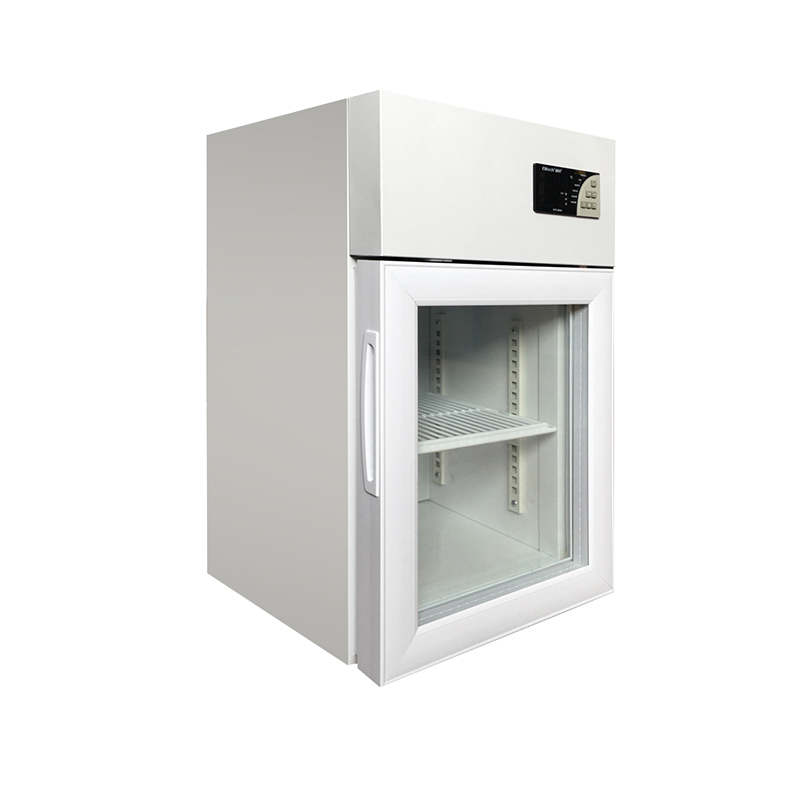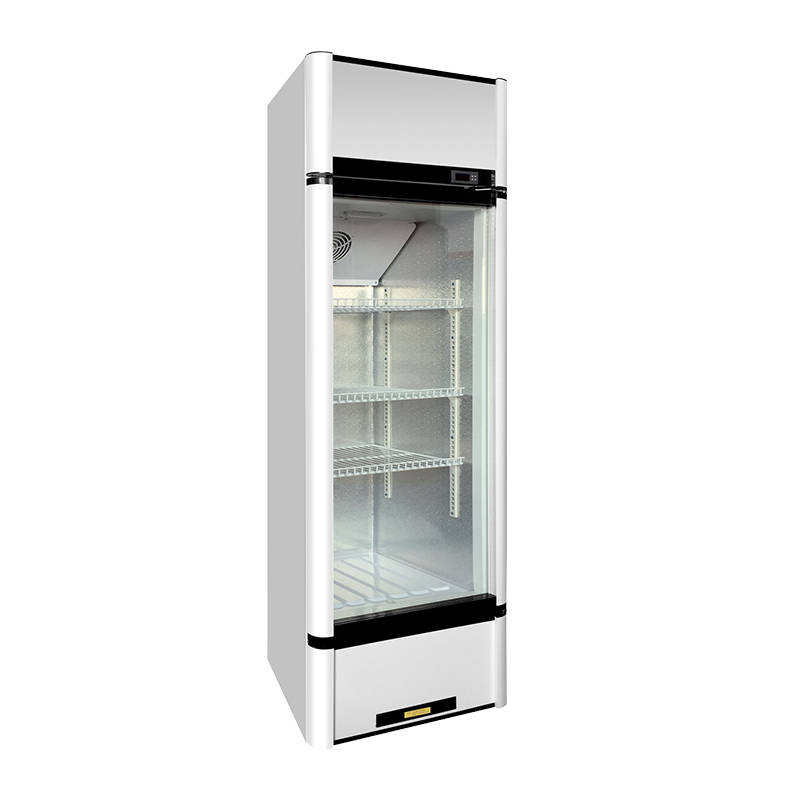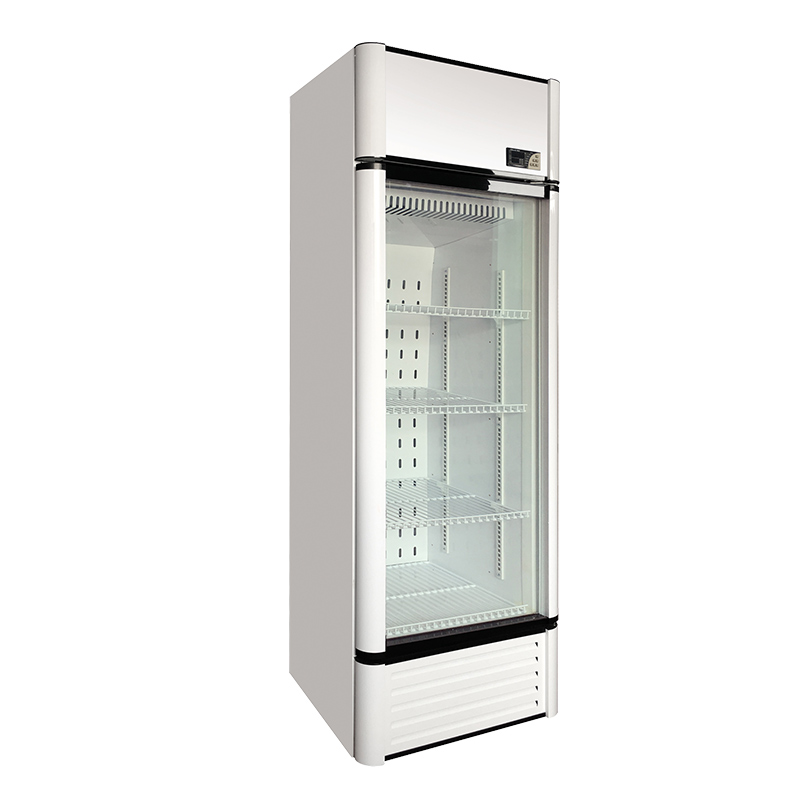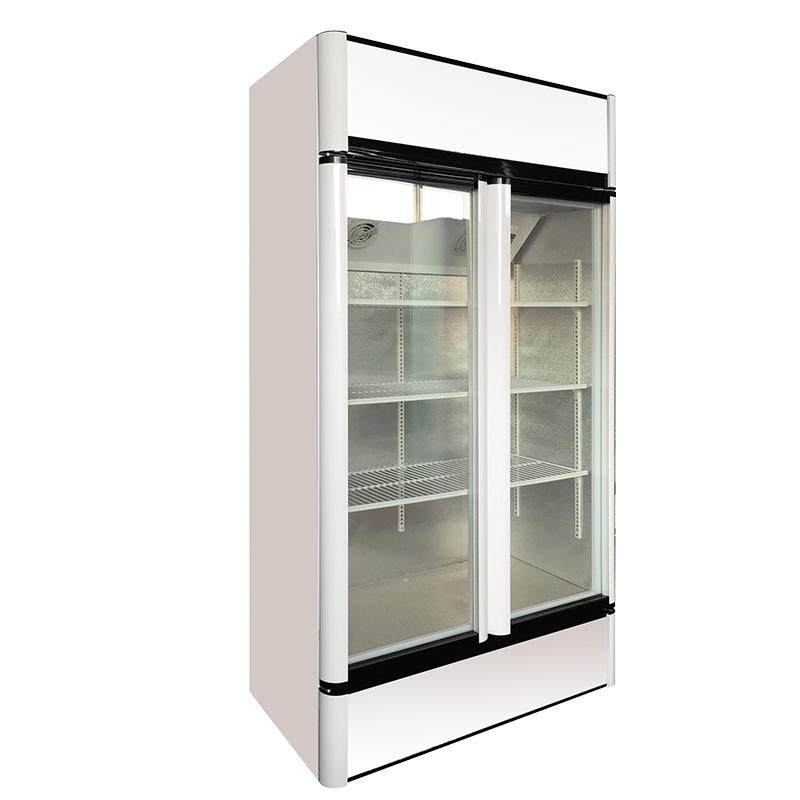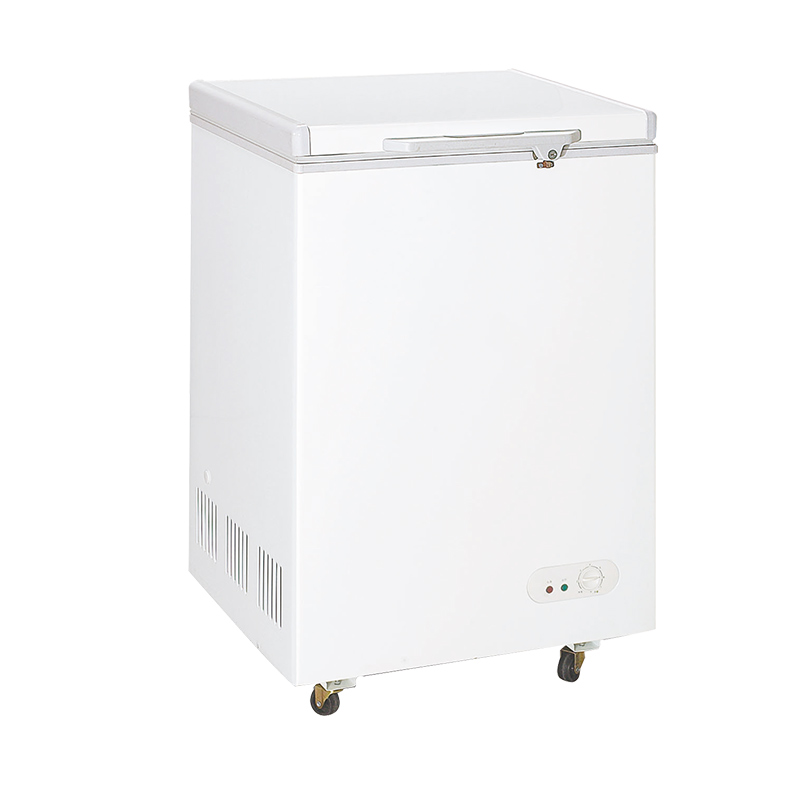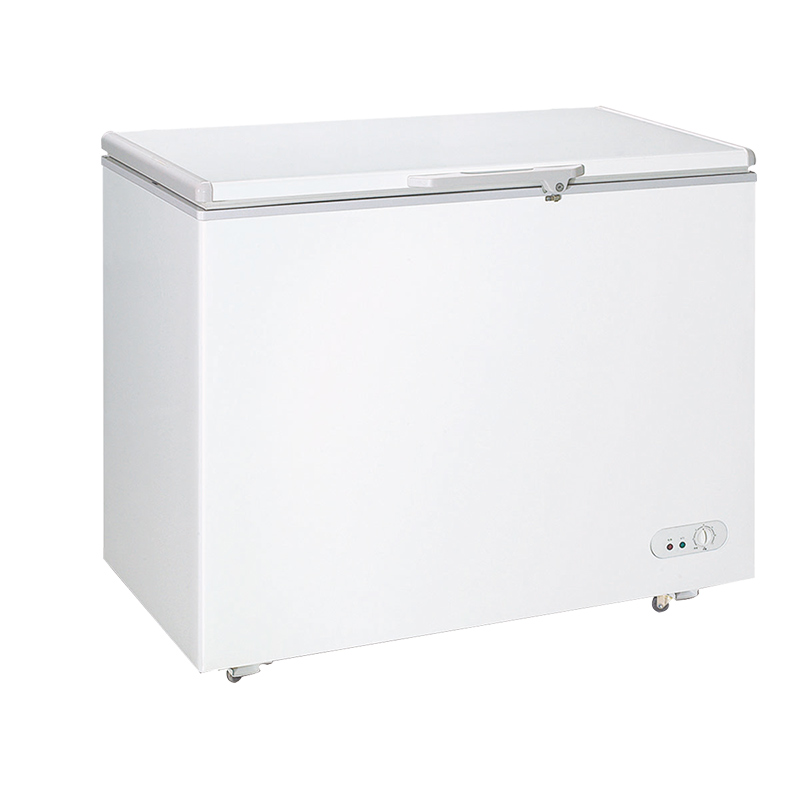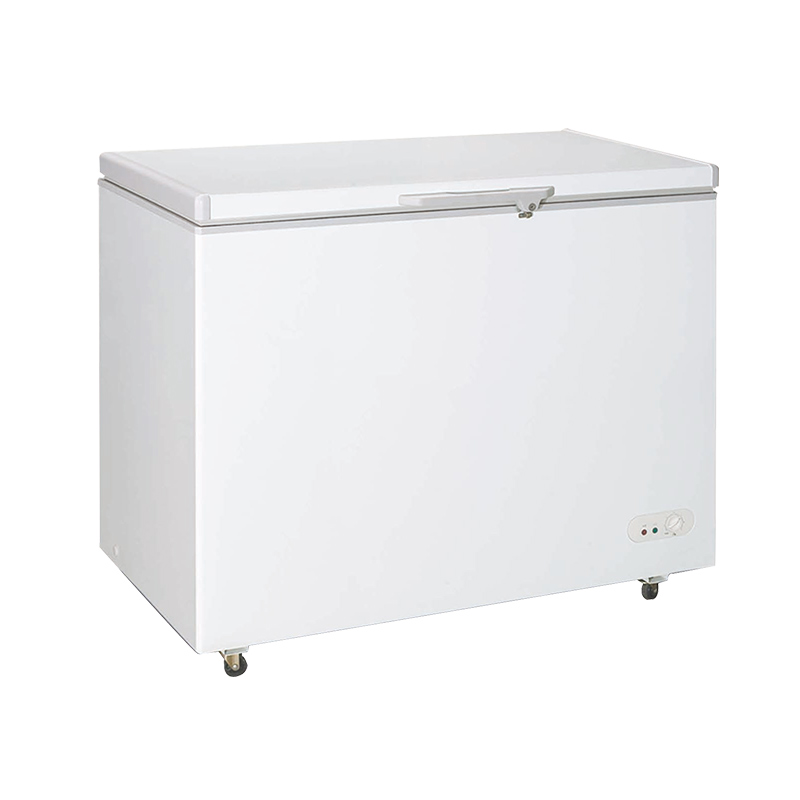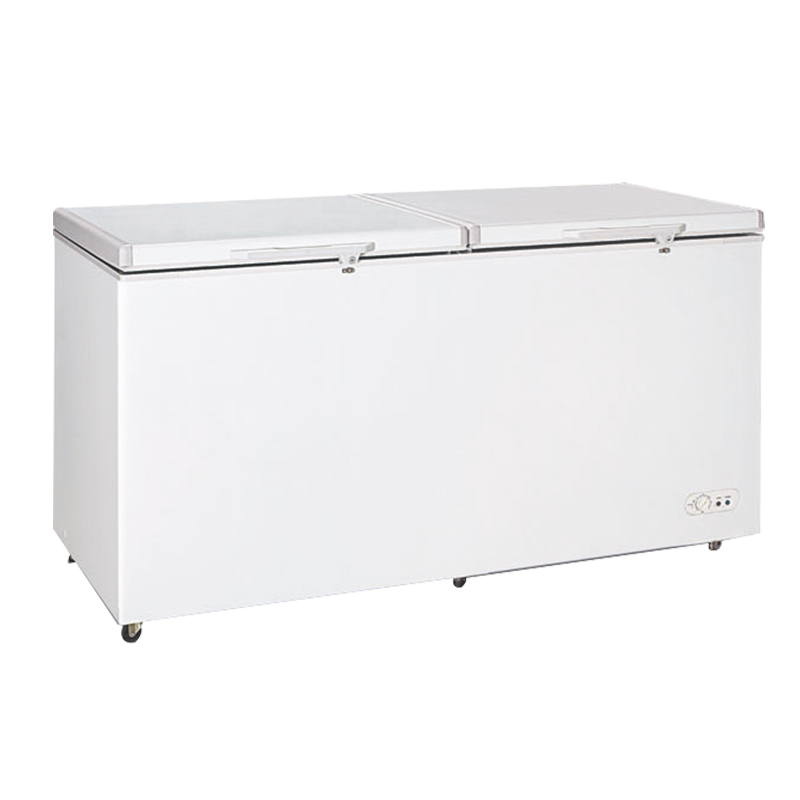Determining the optimal size and form factor for a home appliance product design involves considering various factors to ensure functionality, usability, and aesthetic appeal. Here are some key considerations:
User Needs and Preferences:
Understanding the specific needs and preferences of the target users.
Conducting user surveys and research to gather insights into how the appliance will be used.
Space Constraints:
Considering the available space in typical home settings.
Designing appliances that fit seamlessly into kitchens, laundry rooms, or other designated spaces.
Functionality and Features:
Ensuring that the appliance's size accommodates all necessary features and functionalities.
Balancing size with the capacity needed to meet users' requirements.
Energy Efficiency:
Designing appliances with an optimal size to maximize energy efficiency.
Avoiding unnecessary bulk that might result in higher energy consumption.
Ease of Use and Accessibility:
Designing a size that allows for easy access to controls and components.
Ensuring that users can interact with the appliance comfortably.
Ergonomics:
Considering ergonomic principles to design a form factor that minimizes physical strain during use.
Ensuring that handles, buttons, and other controls are easily reachable.
Market Trends:
Staying informed about current market trends and consumer preferences.
Adapting the size and form factor to align with popular design aesthetics.
Manufacturing and Materials:
Assessing the feasibility of manufacturing the appliance in the chosen size.
Selecting materials that contribute to the desired form and size without compromising durability.
Technological Integration:
Incorporating space for advanced technologies or smart features, if applicable.
Ensuring that the form factor aligns with the technical requirements of the appliance.
Cost Considerations:
Balancing size and features to meet cost targets.
Avoiding unnecessary complexity that could increase production costs.
Environmental Impact:
Considering the environmental footprint of the appliance's size.
Exploring ways to minimize waste and promote recycling at the end of the product's life cycle.
By carefully evaluating these factors, designers can create home appliances that not only meet functional requirements but also align with user expectations and industry standards.


 English
English عربى
عربى